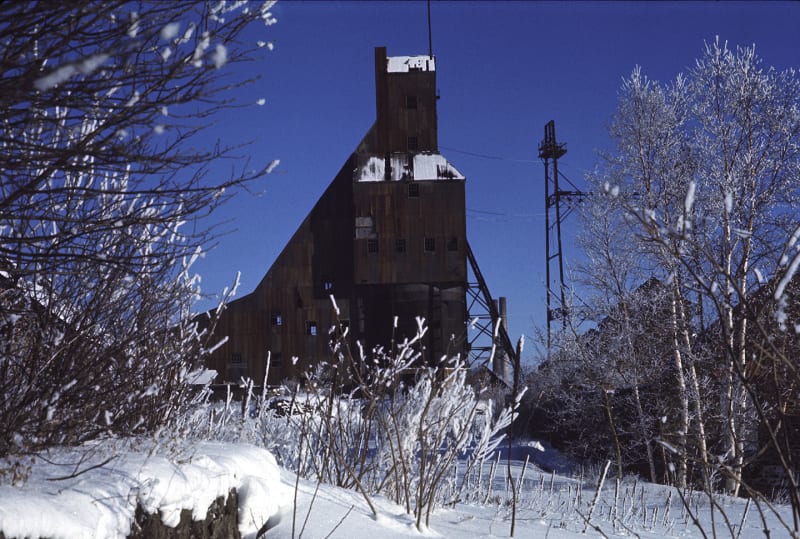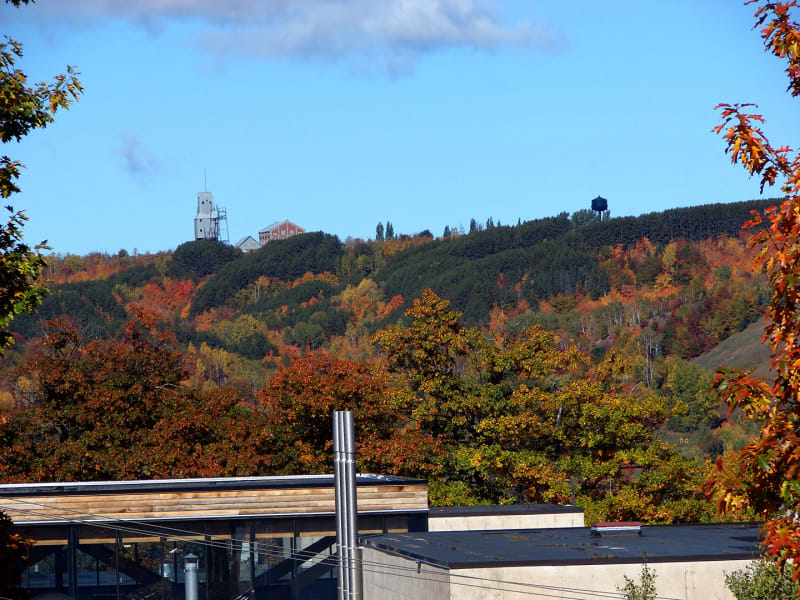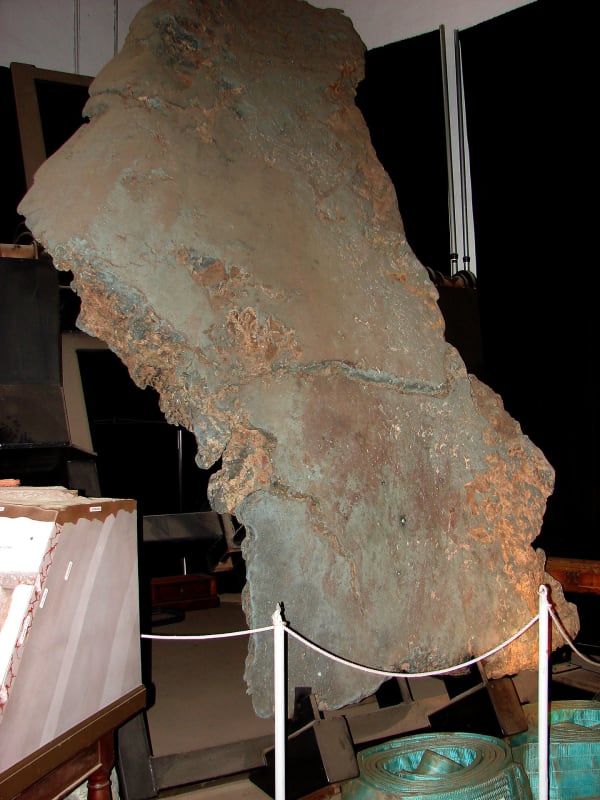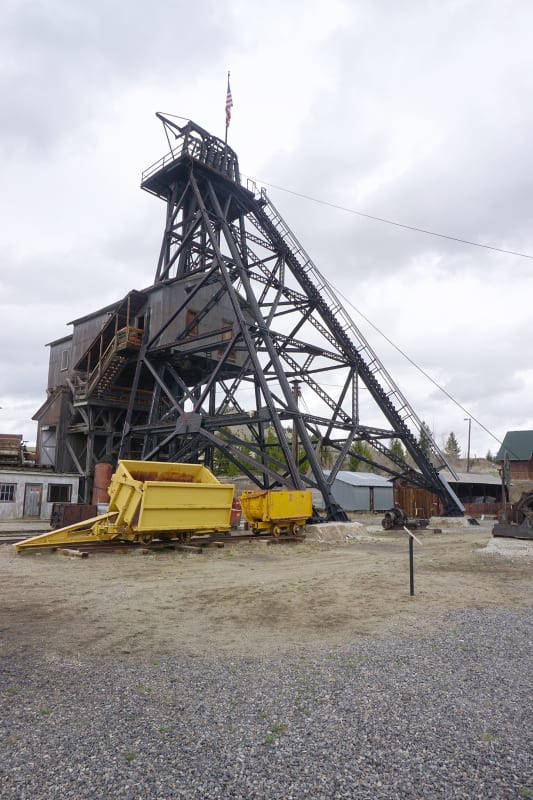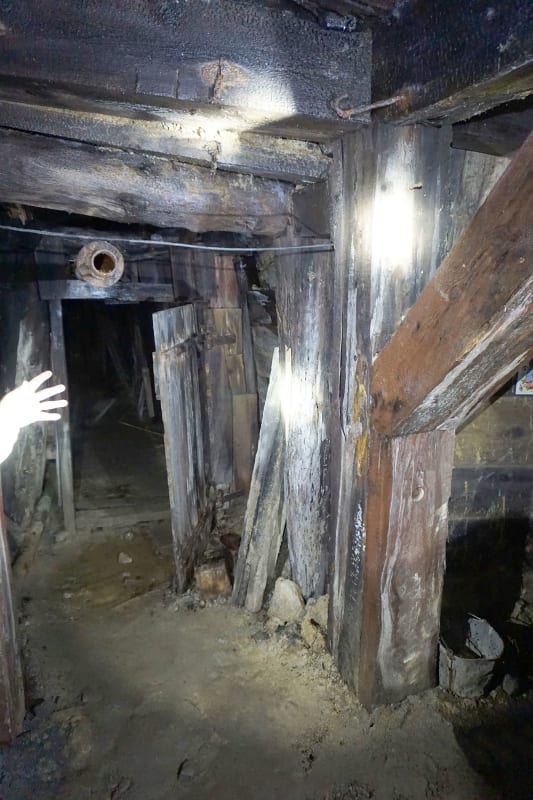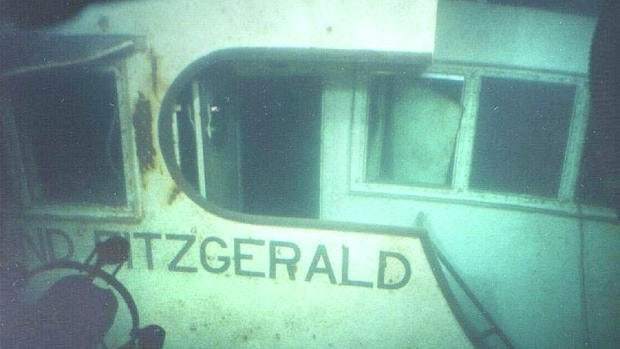JohnRBaker
Mechanical
- Jun 1, 2006
- 37,096
The Edmund Fitzgerald sank 17 miles off Whitefish Point, during a storm on Lake Superior, on the night of November 10, 1975. To date, not a single body has been recovered from the wreak which lays more than 500 feet below the surface. The actual reason for why the ship sank has never been determined with certainty. Note that a very similar ship, the SS Arthur M Anderson, left port at the same time as the Fitzgerald and sailed an almost identical route with both ships in continuous radio contact with each other until the Fitzgerald apparently sank. The Anderson made it to port without incident.
Here's a news item from a Michigan TV station (one that we used to watch when we lived in Saginaw) which does a good job explaining what's known about the ship's course and weather conditions prior to the wreak:
I remember this well as we were living in Michigan at the time (in Saginaw in fact) and since I had gone to school up in Houghton, on Lake Superior, spending five winters there, we knew what winter weather there can be like.
And what story about the Edmund Fitzgerald would be complete without providing a link to Gordon Lightfoot's song:
John R. Baker, P.E. (ret)
EX-Product 'Evangelist'
Irvine, CA
Siemens PLM:
UG/NX Museum:
The secret of life is not finding someone to live with
It's finding someone you can't live without
Here's a news item from a Michigan TV station (one that we used to watch when we lived in Saginaw) which does a good job explaining what's known about the ship's course and weather conditions prior to the wreak:
I remember this well as we were living in Michigan at the time (in Saginaw in fact) and since I had gone to school up in Houghton, on Lake Superior, spending five winters there, we knew what winter weather there can be like.
And what story about the Edmund Fitzgerald would be complete without providing a link to Gordon Lightfoot's song:
John R. Baker, P.E. (ret)
EX-Product 'Evangelist'
Irvine, CA
Siemens PLM:
UG/NX Museum:
The secret of life is not finding someone to live with
It's finding someone you can't live without

![[nosmiley] [nosmiley] [nosmiley]](/data/assets/smilies/nosmiley.gif)

